The world order that existed since the end of World War II is coming to an end. We we can expect to see in the next few years. As a bonus I added some never se…
Get the latest international news and world events from around the world.

Use Of AI In DeepFakes Accelerating Risks To Companies
Board directors and CEO’s need to increase their knowledge of Deep Fakes and develop risk management strategies to protect their companies. Deepfakes are videos or images that often feature people who have been digitally altered, whether it be their voice, face or body, so that they appear to be “saying” something else or are someone else entirely.
You may recall the trickery of the video in 2019 showing Tesla cars crashing into a robot at tech convention causing havoc or of Wayfair false information involved in child sex trafficking through the sale of industrial cabinets. Even Mark Zuckerberg has been inflicted by deep fakes from a video where he was allegedly thanking U.S. legislators for their inaction on antitrust issues.
Unfortunately, deep fakes are incredibly easy to produce having gone mainstream and with AI, there are even more accelerated risks to plan for.
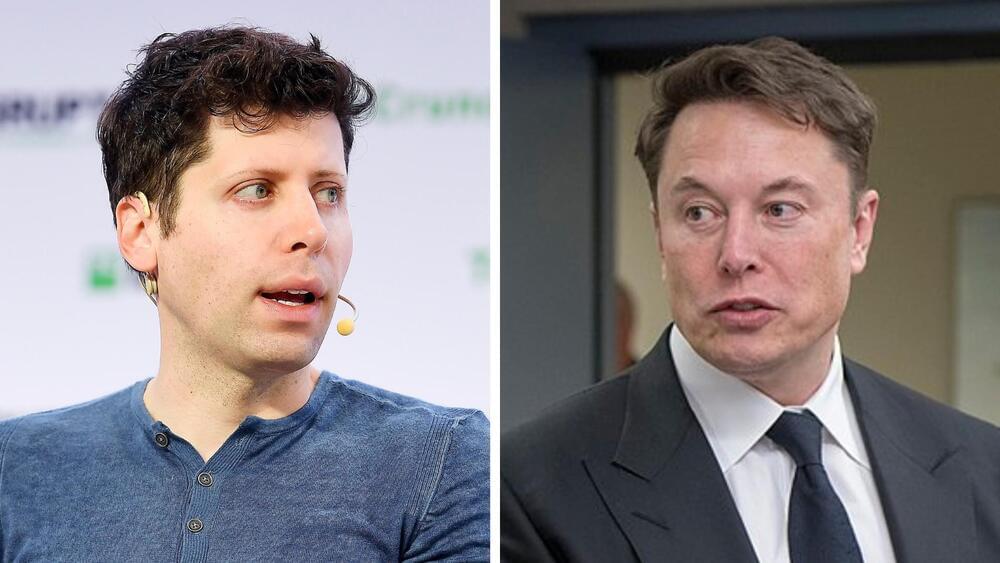
OpenAI eyes to be $100 billion firm, tailing Elon Musk’s SpaceX closely
The specifics of the funding round are yet to be finalized.
In the early stages of this process, discussions have taken place with potential investors, as per a report by Bloomberg. However, specific details such as the terms, valuation, and timing of the funding round are still being worked out and may undergo changes.
OpenAI in talks to raise fresh funding
The hottest startup in Silicon Valley has already raised about $13 billion from Microsoft. OpenAI’s upward growth trajectory is in tandem with the artificial intelligence boom brought on by ChatGPT last year.
Real Life SEX ROBOTS Are Coming — The Dangers Of Seductive AI
One of the early opportunities for Optimus to which Elon has alluded.
Disrupting prostitution, OnlyFans and the female profiteering off men’s emotional and sexual needs.
. Our guest, Mo Gawdat, former chief business officer for Google X, brings a stark warning from the forefront of technology. Having shaped the tech landscape through his work with IBM, Microsoft, and Google, Mo unflinchingly declares AI as a greater threat to humanity than global warming. The AI revolution is upon us, reshaping our future, irrespective of our stance. This episode delves into the startling implications of a world intertwined with sex robots. Could such artificial companionship eclipse our inherent need for human connection?
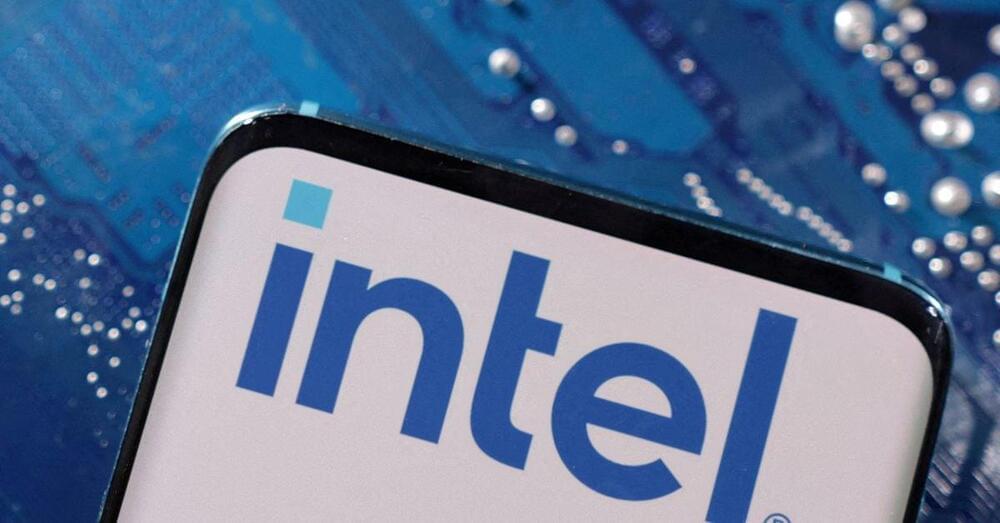
Israel grants Intel $3.2 billion for new $25 billion chip plant
JERUSALEM, Dec 26 (Reuters) — Israel’s government agreed to give Intel (INTC.O) a $3.2 billion grant for a new $25 billion chip plant it plans to build in southern Israel, both sides said on Tuesday, in what is the largest investment ever by a company in Israel.
The news comes as Israel remains locked in a war with Palestinian militant group Hamas in the wake of the Oct. 7 Hamas attack on Israel. It also is a big show of support by a major U.S. company and a generous offer by Israel’s government at a time when Washington has increased pressure on Israel to take further steps to minimise civilian harm in Gaza.
Shares of Intel, which has a bit less than 10% of its global workforce in Israel, opened up 2.73% at $49.28 on Nasdaq.
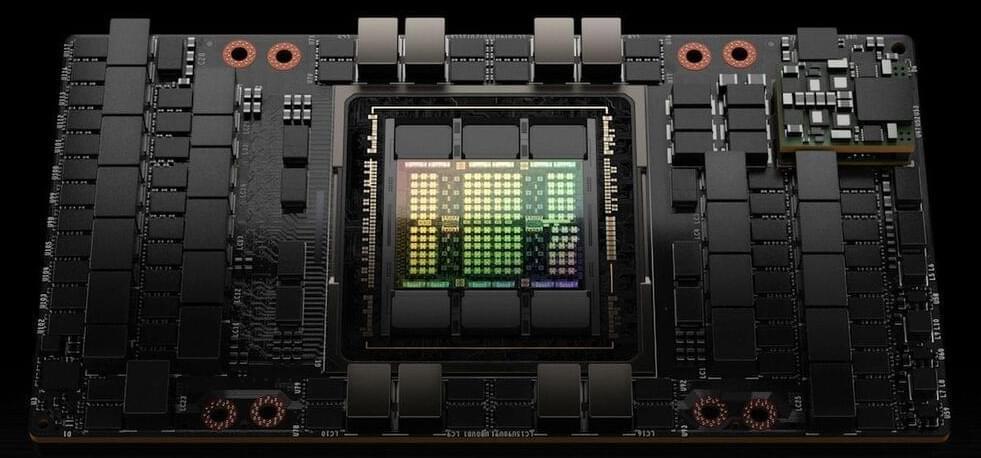
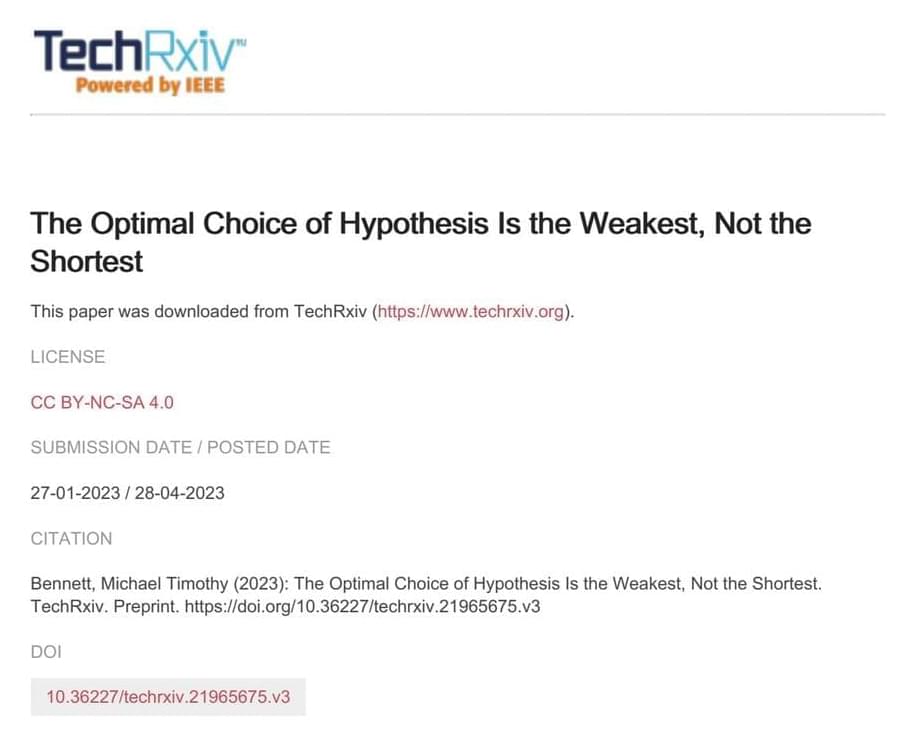
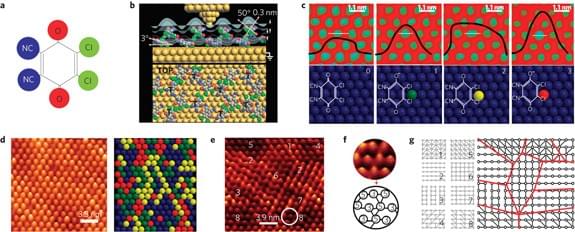
Massively parallel computing on an organic molecular layer
The processors of most computers work in series, performing one instruction at a time. This limits their ability to perform certain types of tasks in a reasonable period. An approach based on arrays of simultaneously interacting molecular switches could enable previously intractable computational problems to be solved.


‘Negative capacitance’ could bring more efficient transistors
Researchers have experimentally demonstrated how to harness a property called negative capacitance for a new type of transistor that could reduce power consumption, validating a theory proposed in 2008 by a team at Purdue University.
The researchers used an extremely thin, or 2-D, layer of the semiconductor molybdenum disulfide to make a channel adjacent to a critical part of transistors called the gate. Then they used a “ferroelectric material” called hafnium zirconium oxide to create a key component in the newly designed gate called a negative capacitor.
Capacitance, or the storage of electrical charge, normally has a positive value. However, using the ferroelectric material in a transistor’s gate allows for negative capacitance, which could result in far lower power consumption to operate a transistor. Such an innovation could bring more efficient devices that run longer on a battery charge.